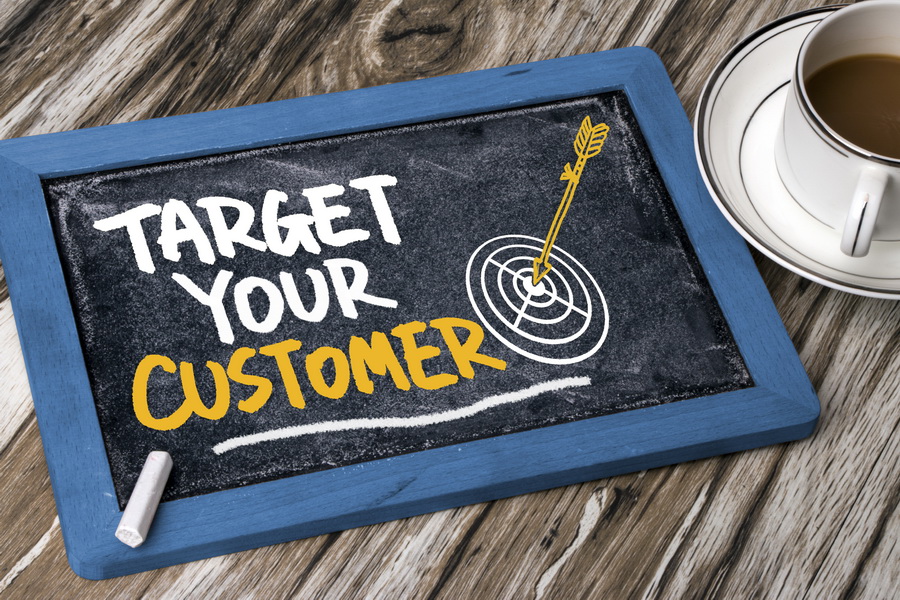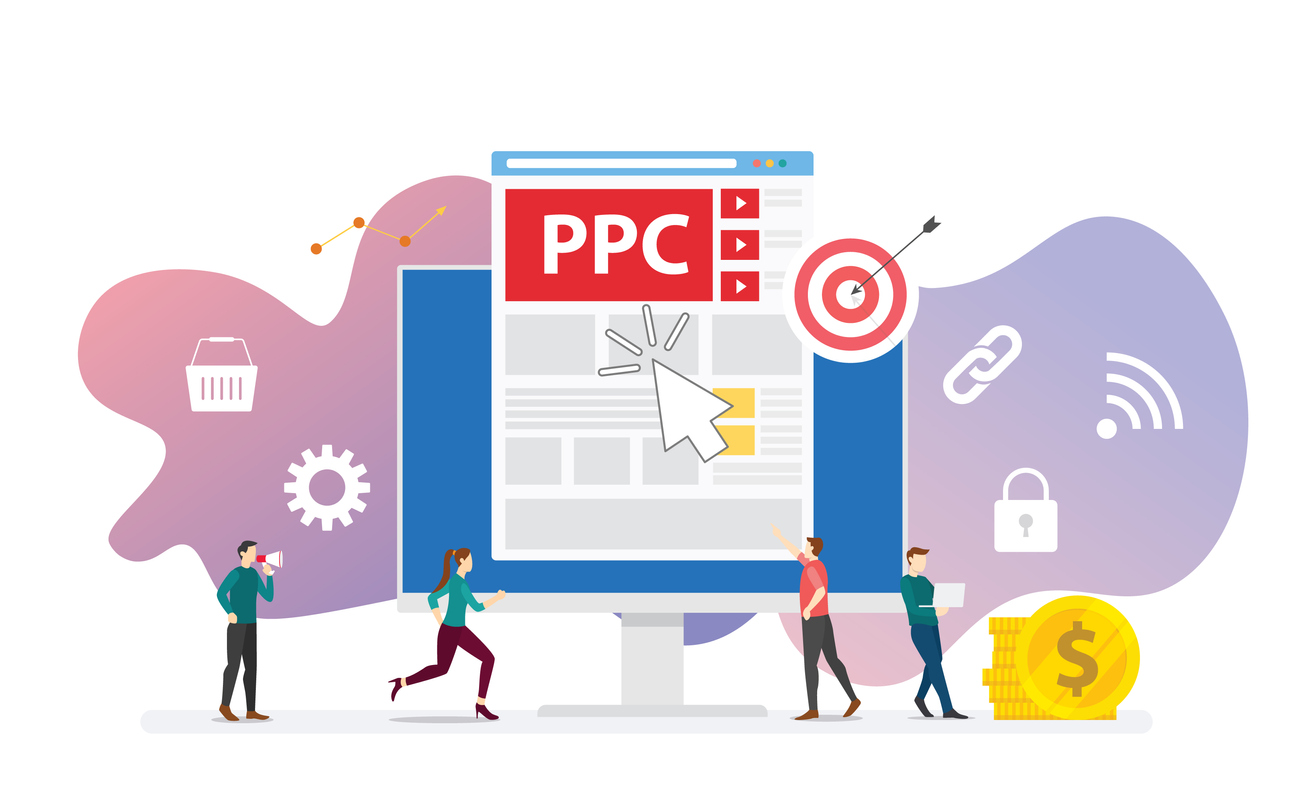When trying to connect customers to your brand, you simply can’t make everyone happy. It’s bad marketing to even try.
By its very nature, marketing is all about targeting the right customer for your product, and then creating a brand that they can specifically buy and buy into. The notion of a “right customer” inherently means that there’s also a customer who’s “not right.”
In its most simple form, it’s called targeting.
Target the right customers with the right message at the right time, and you just might have a shot at engaging them. But, if you do it correctly, you won’t engage those who don’t care or agree with the message. And that’s ok.
It’s called targeting.
Which is why, in our current socio-political environment, I think it’s perfectly fine for a brand to comment on an issue and take sides . . . assuming of course that it makes some sort of sense from a brand perspective. By taking a stand, the brand is effectively speaking to its core customers with a message that resonates with them because they share the same views on the issue. Those who don’t they may very well choose another brand.
It’s called targeting.
It would be very difficult for a brand to take both sides of an argument, so brands must either choose one side, make a neutral statement or remain silent. No brand can be everything for everybody.
So, how do you stick to the right brand message to the right target audience, particularly in these roller-coaster news cycles?
First, figure out what your brand is all about. Make sure you have a clear definition of what your brand offers and what it stands for. Outline your key benefits, both functionally and emotionally, and flesh out the values you want to project to your customers. Know thyself first, and then you can go to market.
Next, determine who is best suited for your brand. Who can you please the most? If you know what your brand delivers, then determine who best benefits from your offering. Determine the best fit, from a customer perspective, so that you can specifically target those who you think will adopt your brand the most easily.
Then, develop a marketing plan and a message track that will connect your brand with your target. With brand and customer fully defined, you can outline your message and contact points where you will engage with your customers on their terms with your product and brand benefits. Plan for the year, recognizing that you may change your messaging and touchpoints as the year goes by.
Above all else, the entire process should begin and end with having a deep understanding of your target audience. It’s important to know how they live their lives and what’s important to them. Without a deep knowledge of your customers, you can’t possibly figure out how your brand will improve their lives. That learning process is never complete because your customers’ lives change all the time.
Let your brand develop and change in a similarly way, and realize you can’t be everything for everyone on the planet.
It’s called targeting.
___
by JIM JOSEPH
source: Entrepreneur


